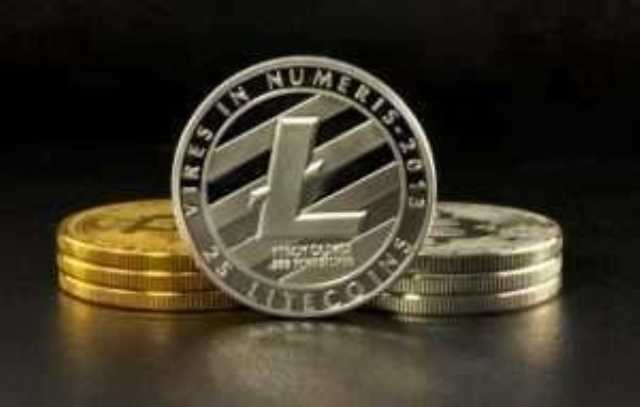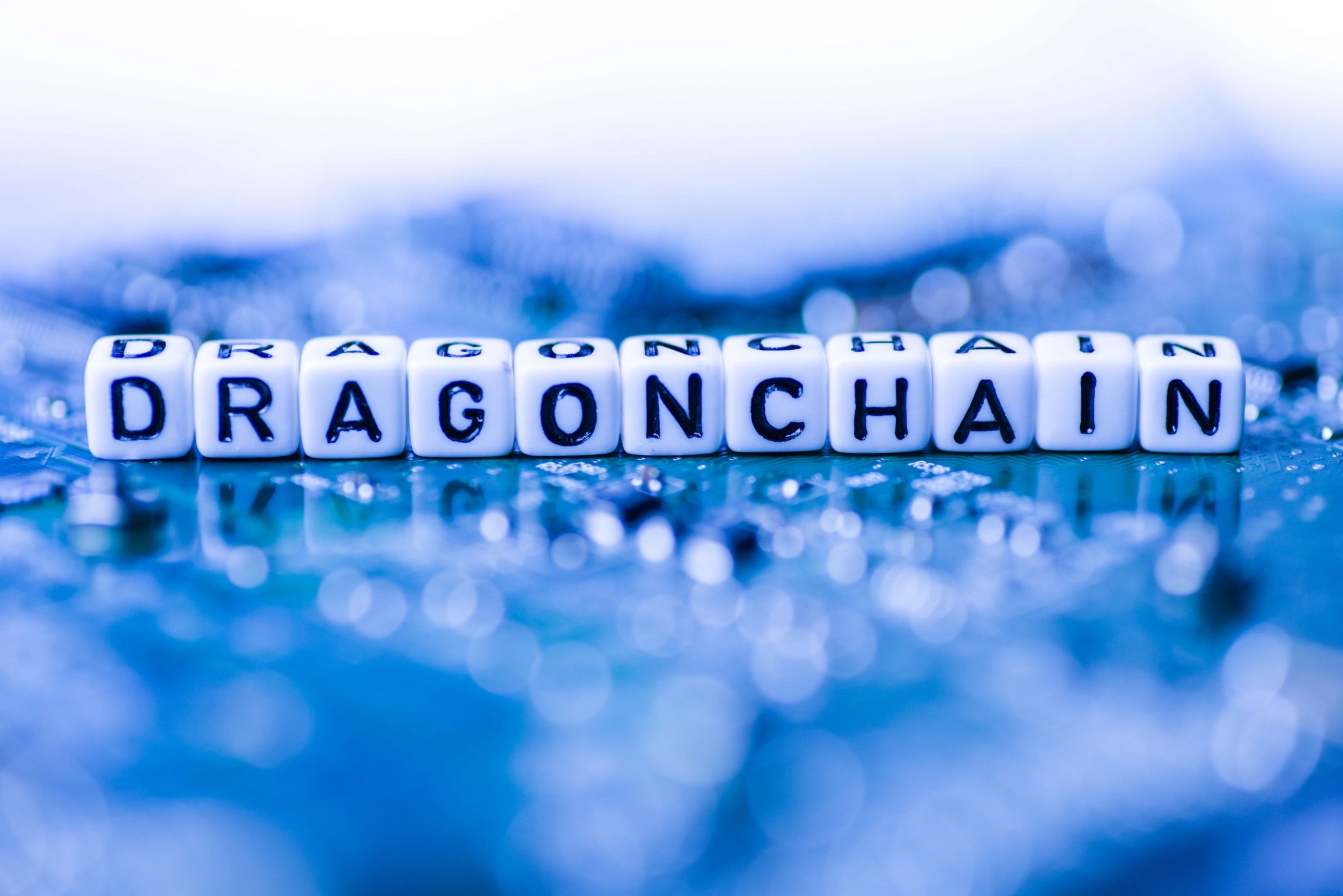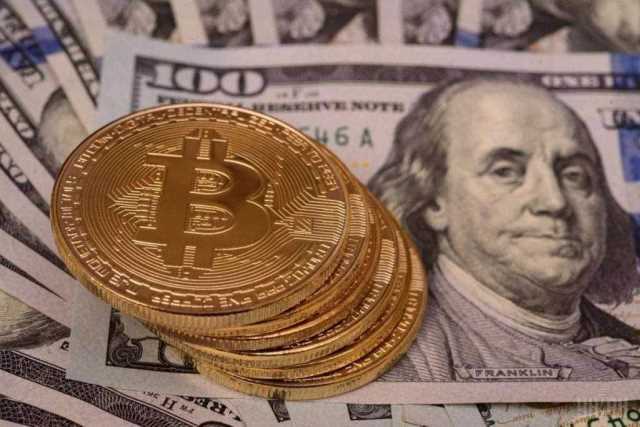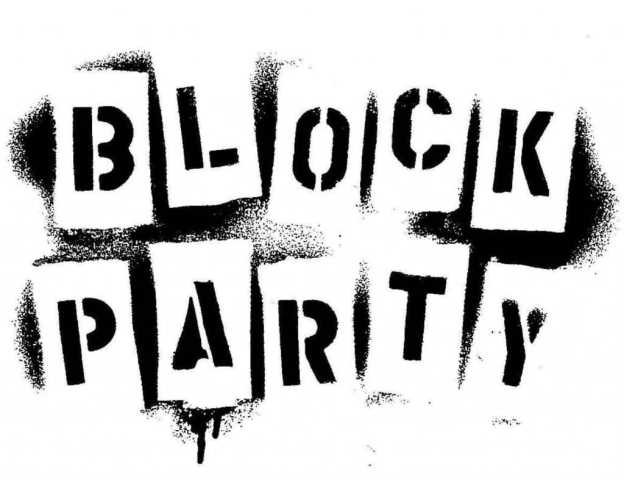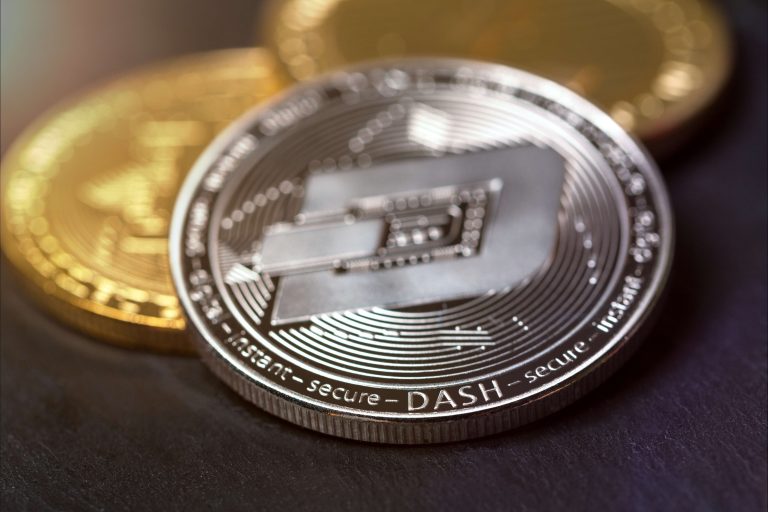
A year after the global financial crisis of 2007, an organization named Satoshi Nakamoto presented Bitcoin and introduced a technology called blockchain. The logic was that the exchanges might be acting as alternative trading systems or broker/dealers, which by law are required to register. After much dilly-dallying, the makers of viral Telegram game Hamster Kombat have finally announced their token launch and mega airdrop on upcoming September 26. Similar to API keys, JWTs require an exchange with the server to be generated.
Know Your Customer (KYC) Regulations
- This ensures that even if the connected device is compromised, the private keys remain secure.
- DApps are applications that run on a P2P network of computers rather than a central database.
- This means token holders can use them to make purchases or trades just like other securities to make a profit.
- Crypto tokens can be stored and transferred in digital wallets, similar to sending money between bank accounts.
- Non-fungible tokens (NFT) are a special type of crypto token that differs in a number of ways from all other traded crypto-assets in the market.
To participate in the airdrop, users will need to sign up through the Hamster Kombat platform, ensuring their wallets are connected and ready for distribution. Early adopters will gain access to exclusive rewards and benefits, positioning themselves as key figures in the game’s community and economy. The $HMSTR token serves as the primary in-game currency within the Hamster Kombat ecosystem. Players can earn $HMSTR by participating in battles, winning tournaments, and completing special challenges. The token can also be used to buy, upgrade, and enhance hamster NFTs, further expanding the potential for strategic gameplay. To use a Data Cloud connector that uses OAuth, there will be a one-time exchange to make a handshake between the two systems, and then a token is saved to keep the connection.
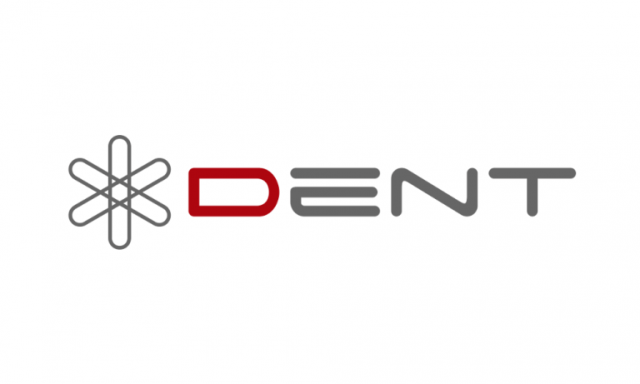
TOP3 Most Popular Coupon Codes
The crypto coin is often designed to function as a digital currency, operate on its blockchain network, or as a separate entity. They possess their independent network, and transactions involving coins are recorded on what is a token their respective blockchains. Examples of crypto coins include Bitcoin (BTC), Ethereum (ETH), and Litecoin(LTC). However, instead of digging for gold, you’re using powerful computers to solve complex math problems.
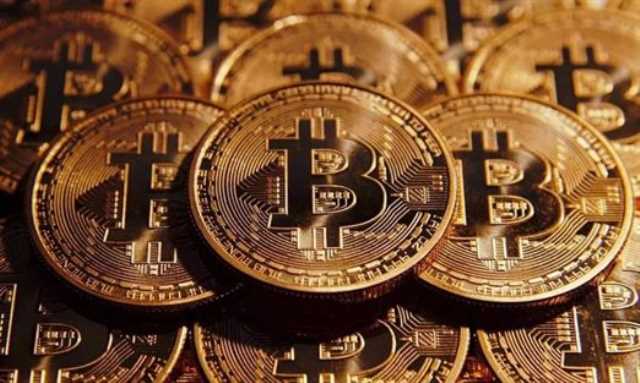
Mainstream Recognition and Initial Coin Offerings (ICOs)
While Bitcoin (BTC) is the best representation of a crypto coin, a stablecoin is the best example of a wrapped token. Commodity tokenization can include creating crypto commodities from oil, sugar, spices, wheat, flour, or natural gas. Whatever exists in the real world can be tokenized and made into a commodity token. Security Token Offering (STO) is short for a token that’s issued on a blockchain, representing a stake or shares in an external asset. You can easily gain access to any product or service if you purchase and then exchange a token made by the service you want to use. There are many types of tokens, and here we’ll try to explain the most common ones.
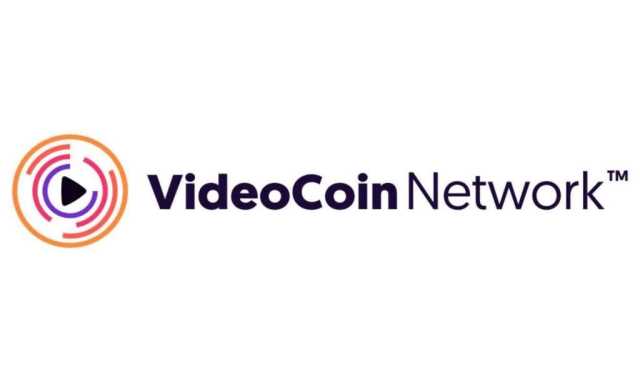
How Are New Crypto Tokens Created?
For instance, Ether (ETH) is the default currency on the Ethereum blockchain. Subject to the same rules as traditional products, investment or trading in these assets is limited to the so-called “qualified” investors. Most of these tokens come from an ICO (Initial Coin Offering) and are linked to a specific project, with its own value proposition. Some ERC20 are interesting and part of our list of cryptocurrencies that stand out in 2019. Many of these projects have not been able to reach the critical mass to survive in a very competitive environment and have joined the list of assets listed on deadcoins.com.
- Smart contracts, self-executing programs written in code that reside on a blockchain, are crucial in the functionality of crypto tokens.
- It is therefore essential, to avoid dubious projects, to have a trusted partner with a strong expertise like Coinhouse.
- ERC-1155 is a hybrid token standard that allows for the creation of both fungible and non-fungible tokens on the Ethereum blockchain.
- Projects like MakerDAO used tokens for governance and to facilitate decentralized lending and borrowing.

